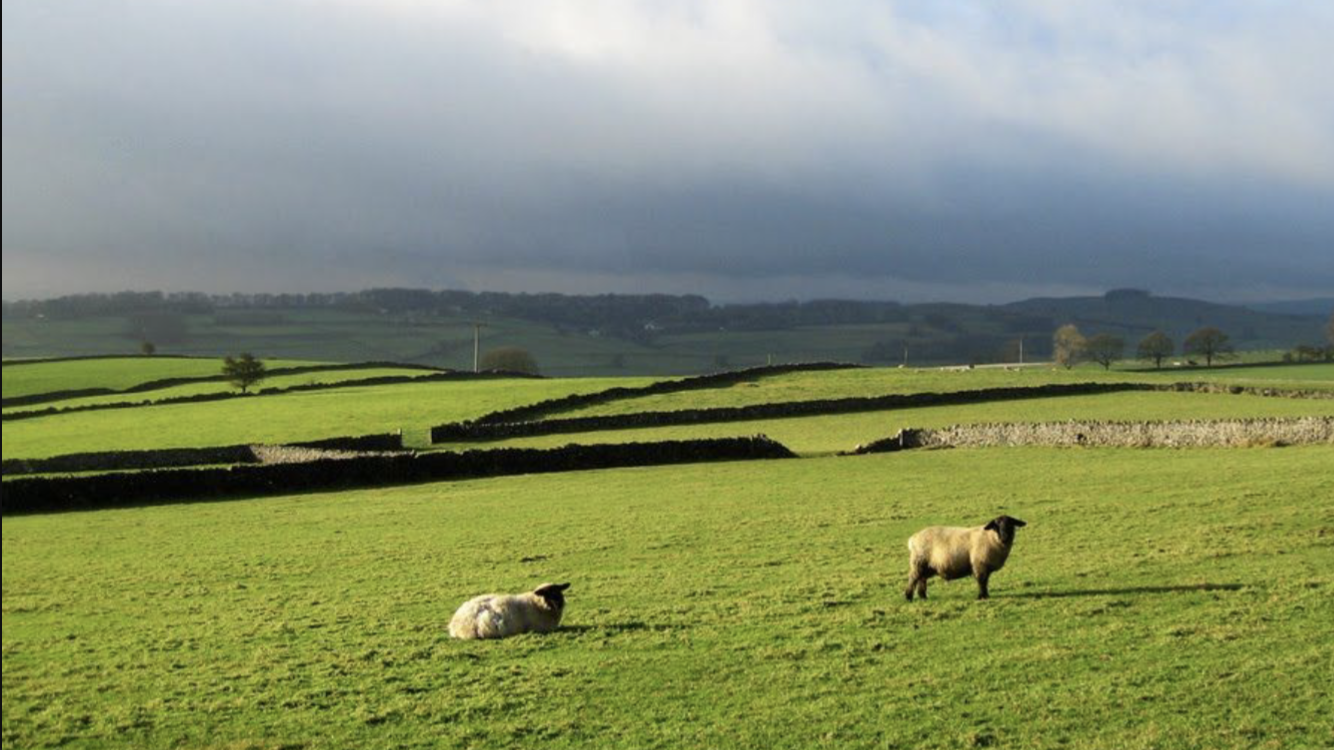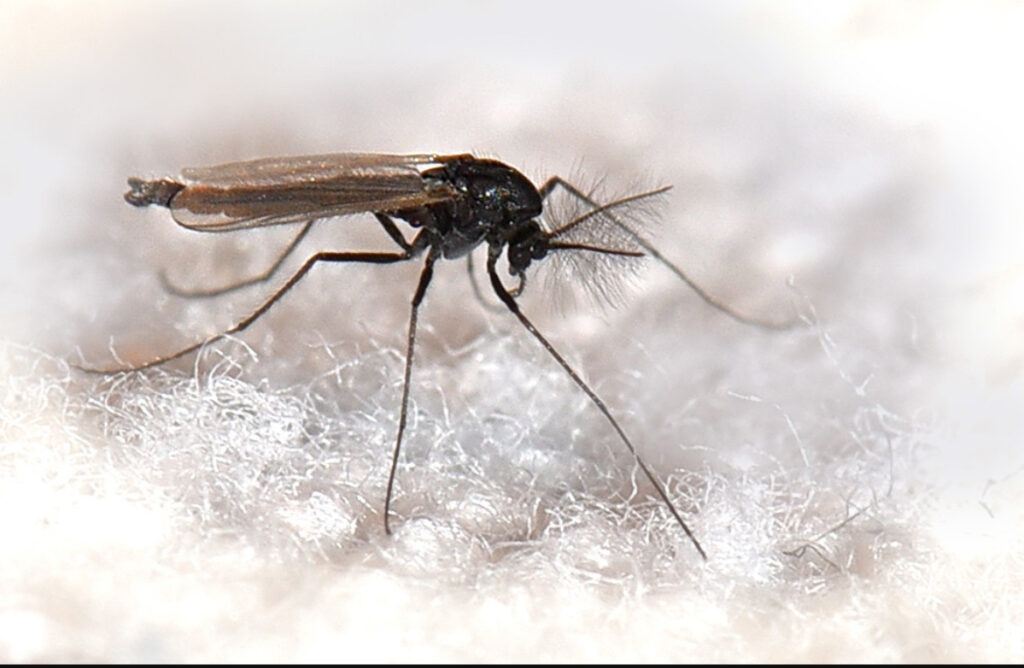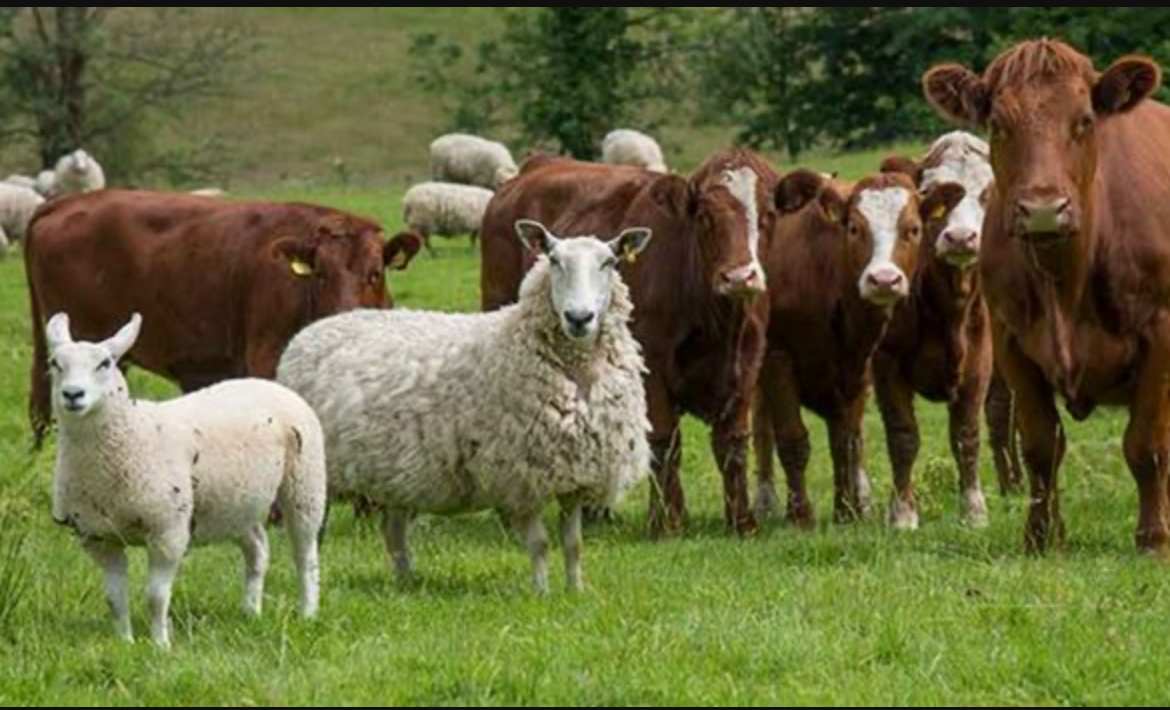Address
Chapel en le Frith, High Peak, Derbyshire
Work Hours
Monday to Friday: 9AM - 7PM
Weekend: 10AM - 5PM


In the UK, midges are not just an irritating nuisance but a serious threat to livestock. These tiny biting insects can transmit bluetongue virus, a disease that severely impacts cattle health, causing fever, weight loss, and, in severe cases, death. Protecting your cattle from midges is critical to preventing the spread of bluetongue and ensuring the wellbeing of your animals.
How to Protect Your Cattle from Midges and Bluetongue
The most effective way to protect cattle from midges is by reducing their breeding grounds and using physical barriers or approved chemical controls. Whether you have a large herd or a few cattle, controlling midge populations around your farm will help lower the risk of bluetongue transmission. We’ll look at practical methods to reduce midge numbers and discuss ways to shield your cattle from this disease.
Understanding Midges and Bluetongue
Midges, particularly Culicoides midges, are the primary vectors of the bluetongue virus. These tiny flies are most active during warmer months and tend to thrive in wet environments where they lay their eggs. The virus itself is not contagious between animals, but once a midge bites an infected animal and feeds on its blood, it can transmit bluetongue to other cattle or sheep through subsequent bites.
1. Remove Standing Water
As midges breed in damp areas, reducing standing water on your farm is crucial to controlling their population. Wet areas, puddles, and waterlogged fields provide ideal breeding grounds. Removing or managing these sites can drastically reduce midge numbers.
Common Areas to Focus On:
• Fields and pastures: Installing proper drainage systems can prevent water from pooling in low-lying areas. If possible, fill in depressions or install ditches to divert water away from grazing areas.
• Wetlands: During dry periods, mow overgrown grasses and reduce dense vegetation in wetlands to minimise midge habitats.
• Ponds: If you have a pond on your property, ensure it is well-maintained. Steep banks can help prevent shallow water, where midges prefer to breed.
2. Managing Water Around Farm Buildings
• Troughs and rainwater collection tanks: Ensure that tanks, troughs, and water collection systems are well-maintained and covered to stop midges from laying eggs. Regular cleaning and flushing will also prevent larvae from thriving.
• Feeding areas: Move feeders frequently to avoid creating wet patches where cattle gather, as these areas are prime sites for midge breeding.
• Rotational grazing: This strategy helps pastures dry out more efficiently by allowing wet spots time to evaporate before animals return to graze. Keeping cattle in drier, well-drained areas reduces their exposure to midges.
Mechanical Methods to Keep Midges Away from Cattle
Insect Screens and Nets: Installing insect-proof screens or nets around cattle housing can significantly reduce the number of midges that come into contact with your livestock. These physical barriers prevent midges from entering barns or other sheltered areas where cattle rest.
Fans: Like mosquitoes, midges are weak fliers. Installing fans in barns and covered areas can help keep midges away from cattle by creating air currents they struggle to fly through. Fans also disperse the carbon dioxide exhaled by cattle, which attracts midges.
Less Effective Methods
While some methods may provide minor benefits, they are generally not as reliable as removing standing water and using physical barriers.
• Bug zappers: These devices attract many types of insects but are ineffective at targeting midges specifically.
• Ultrasonic devices: Studies have shown that these do not affect midges, so investing in them is unlikely to provide any benefit.
Chemical Methods to Keep Midges and Bluetongue at Bay
Insecticide Sprays: Approved insecticidal sprays can be applied to cattle and around farm buildings to reduce midge numbers. It’s important to use DEFRA-approved products and follow application guidelines closely. These sprays can be effective in the short term but may need to be reapplied frequently, especially during peak midge season.
Repellents: Natural and chemical repellents can provide temporary relief for cattle, particularly during high-risk periods when midge activity peaks. Repellents that contain pyrethroids or icaridin can be applied directly to cattle to reduce the risk of bites. However, repellents offer only temporary protection, so they should be used alongside other control methods.
Pour-on Insecticides: Pour-on products, which are applied directly to cattle, can offer longer-lasting protection against midges. These treatments are absorbed through the skin and provide sustained insect-repellent effects.
Ear Tags: Insecticidal ear tags are designed to protect cattle from biting flies and midges. Some ear tags contain insecticides that target midges, providing a barrier that can last for several weeks. However, check product labels to ensure the ear tags you choose are effective against midges.
Foggers and Larvicides
Foggers: Fogging can kill midges on contact but only offers temporary relief. Foggers release insecticides into the air, killing midges as they fly through the fog. This method is most effective when used in conjunction with other control strategies.
